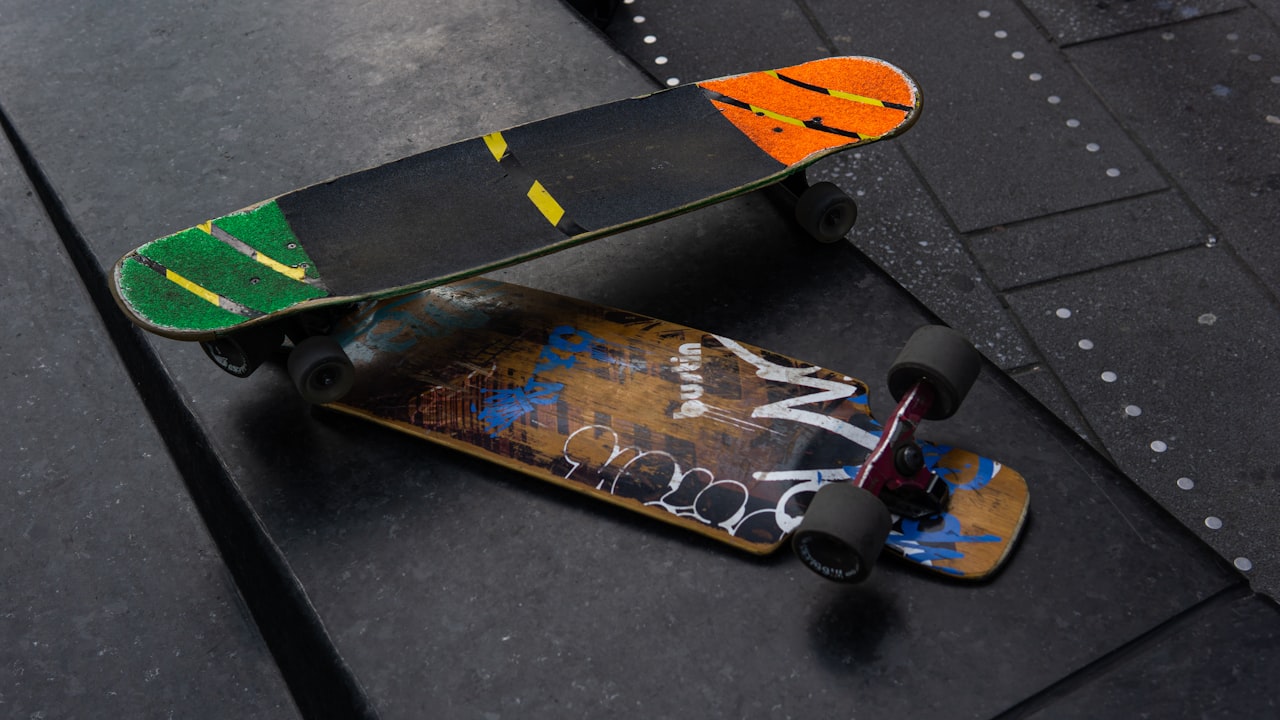Fastness is the hallmark of modern transportation, and electronic skateboards which fuse the exhilaration of skateboarding with cutting-edge technology have become ground-breaking personal mobility tools. These fashionable, electrically powered boards have revolutionized urban transportation by providing an environmentally sustainable alternative for getting around town and an exciting recreational activity.
Basic components of electronic skateboards include electric motors, wireless remote controls, electronic speed controllers (ESCs), and rechargeable battery packs. Meanwhile, the ESC serves as an intelligent middleman, controlling the motor’s direction and speed in response to signals from the rider’s remote control. Riders can accelerate, decelerate, and even maneuver steep slopes with ease because of this flawless coordination.
The unique quality of electronic skateboards is their ability to go through metropolitan streets with ease, making them a practical choice for both short commutes and city exploration. The Electric Skateboards are an environmentally friendly design that also encourages sustainable mobility, lowering our carbon footprint while offering a thrilling and effective mode of transportation.
Electric Skateboards’ Operating Mechanism
Below is detailed information about the safety protocol and operating process of electronic skateboards:
Recognizing the Elements
The rechargeable battery pack powers the skateboard’s electric motor, which is its main source of power. Riders use a handheld remote control to adjust direction and speed; the handheld remote control and the electronic speed controller (ESC) interact wirelessly. The ESC reads the signals from the remote and modifies the motor’s power supply accordingly.
The skateboarder interfaces with the device via the remote control. For acceleration and slowdown, it usually has a brake lever and a throttle. Certain remote controls come equipped with extra features like speed settings and a reverse mode, which let riders personalize their journey.
Safety Gear
Riders need to wear helmets. A helmet offers vital head protection in the event of a fall or collision, lowering the possibility of serious injury. Gloves and knee and elbow pads shield riders’ hands and joints in the event of a fall. By using these pads, the impact on sensitive areas is greatly decreased.
Getting Started
Beginners need to work on stance selection and balance before they try riding. Left-footed cyclists put their foot forward, and right-footed riders do the same. Control depends on adopting a stable, comfortable attitude. Unlike traditional skateboards, electric skateboards do not require hand pushing.
Rather, the riders use the remote control to gradually engage the motor. To engage the motor and maintain speed, first manually push off the ground to build momentum. Then, gradually squeeze the throttle.
Acceleration and Braking
Riders gradually press the accelerator forward to accelerate. It’s important to start gently, especially for novices, and to pick up speed gradually as confidence and ability grow. A loss of equilibrium can result from sudden acceleration. Just as crucial as acceleration are brakes.
To slow down or stop, riders use the remote control’s brake lever. It’s critical to gradually apply the brakes, particularly when moving at a fast pace, to prevent sudden stops that can cause falls.
Rotating and Swinging
For smooth cornering and turning, carving is an essential talent. To carve, move your weight slightly to one side and steer the board in the appropriate direction with your ankles. The controlled turns that carving makes possible enhance overall maneuverability.
Advanced Methods for Climbing Hills
While most electric skateboards can manage mild inclines, it’s important to approach slopes cautiously. Use the throttle to ascend gradually while shifting your weight forward to keep traction. Steer clear of sudden movements, as they may cause you to lose your traction.
Regenerative braking is a feature found on many electric skateboards that returns kinetic energy to the battery’s stored energy. To maximize this feature and increase the skateboard’s range and energy economy, apply the brakes gradually.
Sum Up
It’s an exciting and satisfying experience to ride an electric skateboard, but it requires dedication to safety and consideration for the equipment. Riders can appreciate the freedom of electric skateboarding while lowering dangers by being aware of its components, donning the proper safety gear, and improving basic tactics. A skilled electric skateboard rider must have practice, patience, and a strong focus on safety, just like everyone else.

